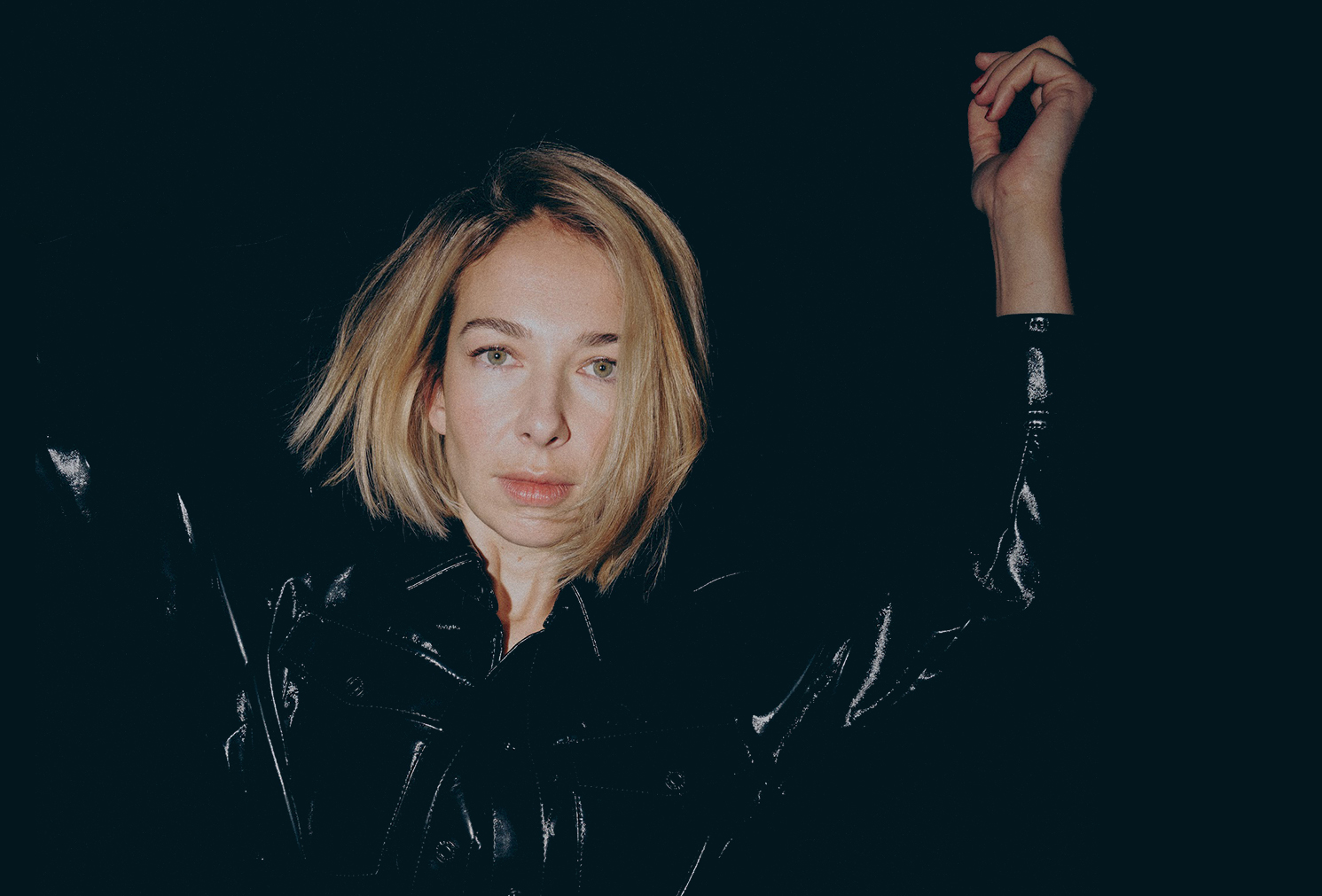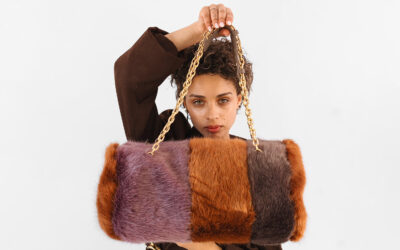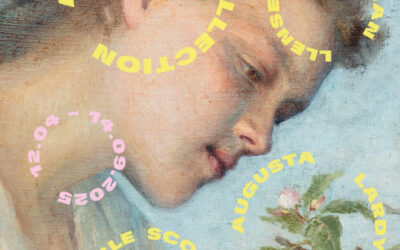G.WEN: Who are you Almée? What is the reference behind the name Almée? Its meaning and why?
Almée: I write poems, songs, sing them, and record the voices of others to create stories together. I fell in love with the word “Almée” after reading it in “Les Diaboliques” by Barbey d’Aurevilly, one of my favorite books. I went to find out what it meant: Almées were musicians and poets in ancient Egypt who came to entertain women in harems. Total synchronicity: I decided to call myself that. It must suit me well because now, even outside of music, I have plenty of friends who call me that.
G.WEN: Your writing shows romantic and poetic inspiration? A literary dimension? Can you elaborate on this? And in your music, an elegance very close to Mélodie Nelson?
A.: I grew up surrounded by books (my mother is a literature professor), so literature has always been central in my life, and more precisely, words. I have a real love for words, their sounds, their graphics, and what they evoke. I also started with literary studies (hypokhâgne and khâgne) and since then, I have continued to write in all sorts of formats, from scripts to articles, including poems, song lyrics, and music itself, which remains a sonic writing.
Thank you for the reference to Melodie Nelson. I am a huge fan of Gainsbourg and his way of making the French language sound, daring with words like “Bakelite” or “the cantharides flies,” he masterfully balances harmony and disruption.
G.WEN: Concerning your single “C’est Vrai,” can you tell me about the atmosphere of this piece and its cinematographic and choreographic dimension that you approached in the clip?
A.: With Carol Teillard d’Eyry, the director of the video, and Clément Gyselinck, who signs the choreography, we wanted to highlight the constraint of bodies, subject to the movements of playing cards. Like an allegory of destiny playing with these characters trapped in a theater.
G.WEN: I read in an article that you are inspired by Etienne Daho and Sébastien Tellier, can you elaborate? Looking back at these musical and artistic references?
A.: They are two artists that I admire very much. I love Sébastien Tellier‘s keyboard mastery and rich instrumentation. I can listen to his classics “L’amour et la violence” and “La Ritournelle” on repeat. I like his classical inspirations blended with electronics, it’s the mix that totally thrills me.
As for Etienne Daho, I love his elegance and charisma. He never overdoes it, yet in every performance, he touches the heart.
G.WEN:Is the musical dimension electronic? What is the role of instruments like keyboards in this piece?
A.: I started music with classical piano. So, I compose on the piano, and I like to reserve instrumental sections in my songs. Then, with ALB, we add analog synths, or even modular synths that come to double or replace the piano. I like the floating side of synth sounds, which sometimes come close to sound design and create real soundscapes.
G.WEN: Tell me about the song “Odessa” and what is the political and historical dimension of this title?
A.: Odessa is the city where my grandfather’s family comes from. I went there alone on a trip in 2018. It was the first time I traveled alone. It was a very interesting experience, not always easy but very enriching. I wrote this song there, the bells that are heard at the beginning of the track also come from there, I recorded them while passing by a church in the city center.
Odessa once hosted a significant Jewish community, as Jews had more rights there than elsewhere. Many emigrated elsewhere in Europe, including France, but also to the United States, hence the nickname “Little Odessa” for the Brighton Beach neighborhood in Coney Island. What I love about this city is that it remains in the collective imagination as a reference to a golden age, a happy past.
Today, of course, the title takes on a completely different color with the war in Ukraine, and the symbol of Odessa remains strong, it is a city to which many of us are attached.When I visited Auschwitz in 2021, what shocked me the most was the serenity of the place. It was sunny, the grass was green, the birds were singing, it was really out of sync with what had happened there. When I came back, I started writing this title, as a way for me to grasp a piece of this inexpressible.
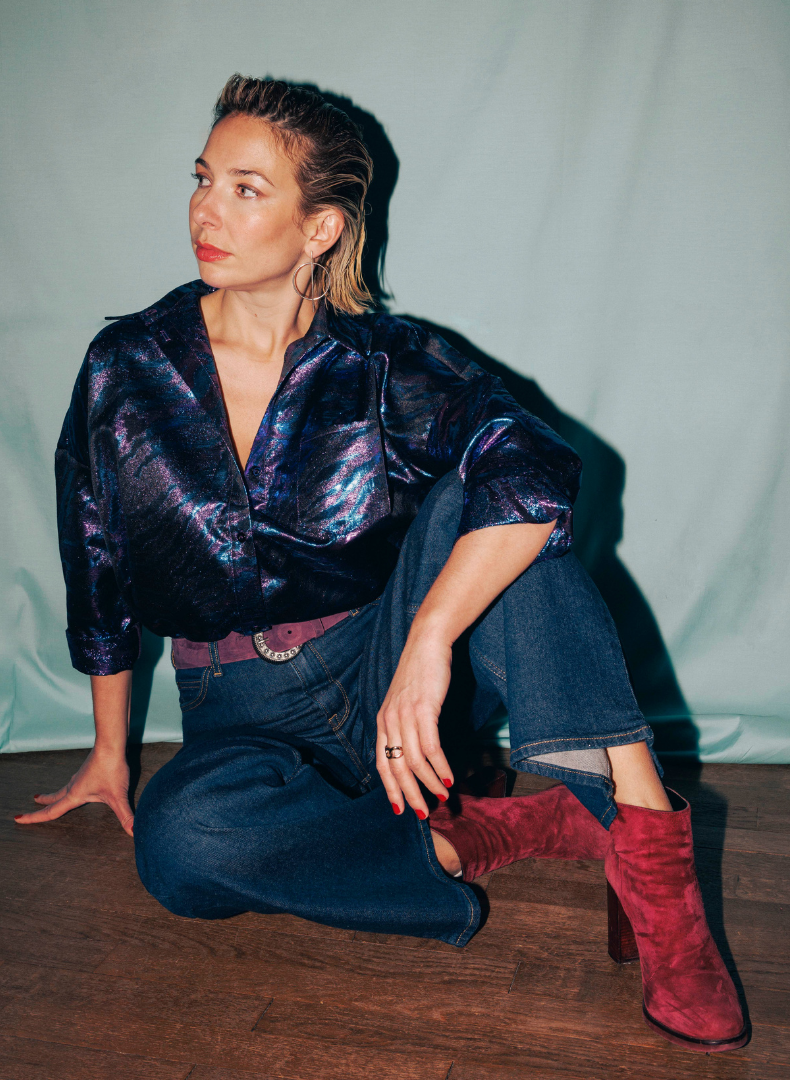
G.WEN: We find in “Préliminaires” or “Plonger” a joyful sensation, can you talk to me about this contrast?
A.: “Préliminaires” is about these evening encounters, as seductive as they are fleeting, and I wanted something captivating and danceable in the music, hence the slightly tango-like aspect.
As for “Plonger”, the title evokes the fact of gradually freeing oneself from one’s fears to follow one’s desire. We chose to stay on very simple sounds, with an aquatic connotation. We wanted the voice to remain central and to be able to guide towards this state of well-being, as in a meditation or an ASMR recording.
G.WEN: How was “C’est Vrai” constructed? and its historicity? its dimension as a work of memory?
A.: “C’est Vrai” is a title that I built around the testimony of my grandfather Serge Golse, a resistance fighter and Jewish deportee to Auschwitz. He returned after spending two years there. The Holocaust unfortunately holds a significant place in my family’s history, and family narrative and transgenerational issues are at the heart of my research topics.
When I visited Auschwitz in 2021, what shocked me the most was the serenity of the place. It was sunny, the grass was green, the birds were singing, it was really out of sync with what had happened there. When I came back, I started writing this title, as a way for me to grasp a piece of this inexpressible.
G.WEN: Tell me about the construction and development of your videos like “Odessa” and “C’est Vrai”? about the aesthetic dimension of these videos?
A.: For “Odessa”, I created a lyric video from Medvedkine’s film “Le Bonheur”. This Russian film from 1935 (silent, black and white) tells the terrible life of a very poor peasant couple under the tsar and then under communism. There is a crazy visual poetry in this story, a walking house, a polka-dotted horse… I mixed these images with photos from my trip to Odessa, like an animated travel diary.
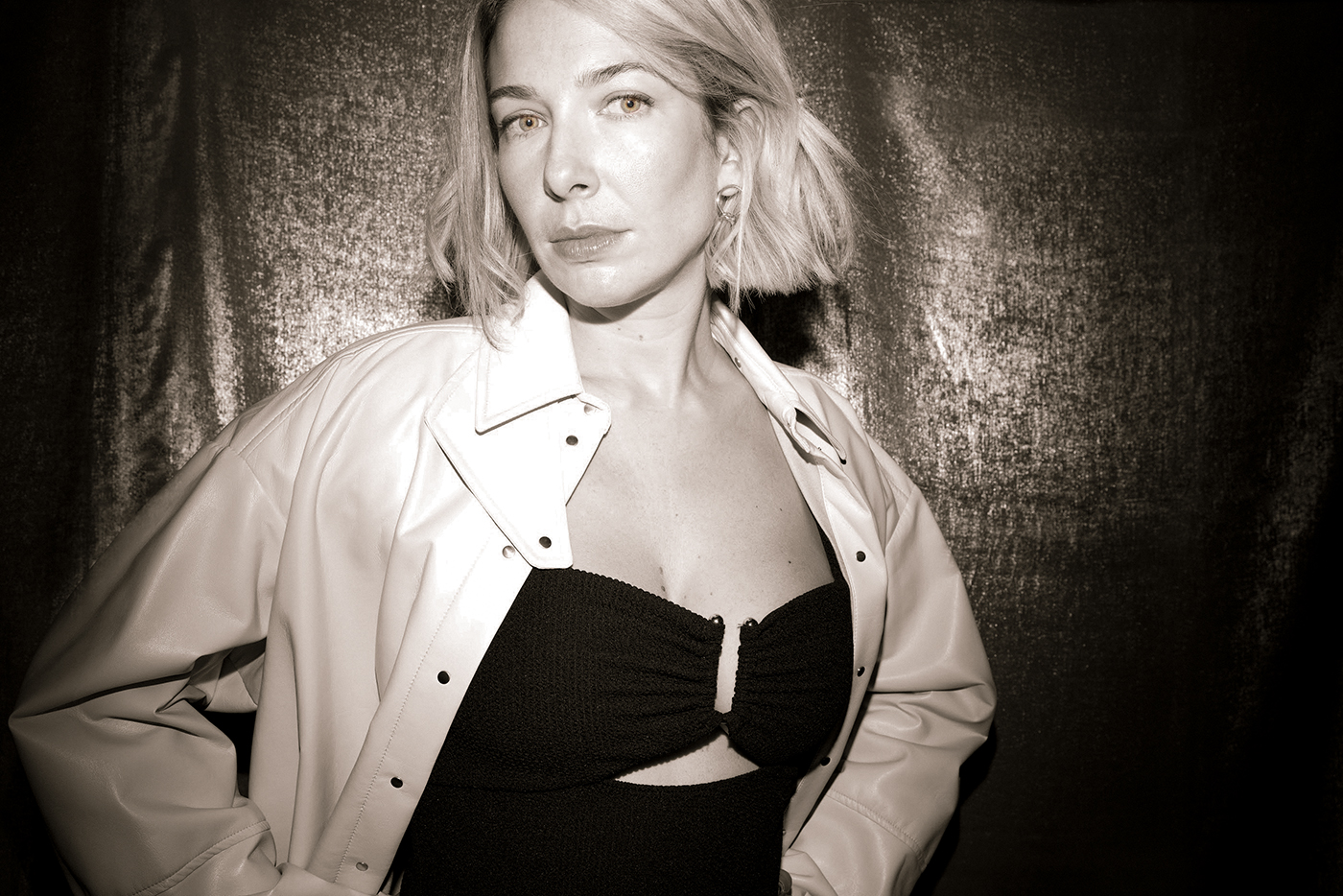
A.: For “C’est Vrai”, the idea came from an article on cardistry (the art of card manipulation). I read an interview with Dimitri Arleri (who appears in the music video) in the magazine Profane and I was inspired to make this video. The cards, the beauty, and the free-flowing yet precise movements immediately posed the question to me: who has the cards in hand, who shuffles the deck? This question also arises when one reflects on the tragedies of history, such as the Holocaust. It was from this reflection that we decided to stage dancers whose bodies would be controlled by the movement of the cards.
I enjoy dedicating time to videos, both in writing and sometimes directing them, because for me, they are not just simple illustrations but an opportunity for me to express myself and complement the song.
G.WEN: Tell me about your collaboration with Léonard Lasry? How did you meet?
A.: Léonard and I met in November 2021 when we created together a cover of Barbara‘s song “Joyeux Noël”. I remember our first meeting very well. It was winter, it was cold, we met at Café de Flore, had a glass of red wine, and talked for a long time about music, but also a thousand other things. It was a magical encounter where everything was so pleasant, fluid, and natural.
Then we went to the studio to record, even though we had never sung together before, and we realized that our voices blended really well together. It was another moment of magic! In two weeks, we created and recorded the song, organized a photo shoot, designed an album cover, and shot a making-of music video. It’s amazing how fast everything went!
Since then, we continue to work together and I have actually joined his label 29Music. I really like his work, and I always enjoy singing with him. I am delighted when he invites me to perform a duet with him in his concerts, and he will actually be coming to Castel on March 28th to sing with me.
G.WEN: Can you tell me about a typical day for Almée?
A.: Every day is very different, but ideally, I try to wake up early, around 6 am, to have time in the morning to write before the day starts. What I love is doing it from my bed. If I don’t have any appointments, I spend the whole morning there.
The rest of the day is a careful juggling act between music, production, administration, and all kinds of appointments. I always feel like I’m running out of time, but I really enjoy every aspect of launching an artistic project. It’s just that there are so many things to do, and I wouldn’t mind having 72-hour days!
In the evenings, when I’m not performing, I often go to concerts. I’m looking forward to seeing Sophie Maurin and Charlotte Reinhardt at Café de la Danse, and of course, Flavien Berger at L’Olympia. I can’t wait!
G.WEN: What’s your favorite playlist?
A.: Mine! I make two per year: Fall-Winter and Spring-Summer. It allows me to have a soundtrack of my life year after year, like a sound diary! I’m actually starting my Spring-Summer playlist now, here’s the link: https://open.spotify.com/playlist/6pvUcKB4ObbGJ4qNWb3gym?si=ab2e27dd7c3640d3
photos © Marina Bourdais

